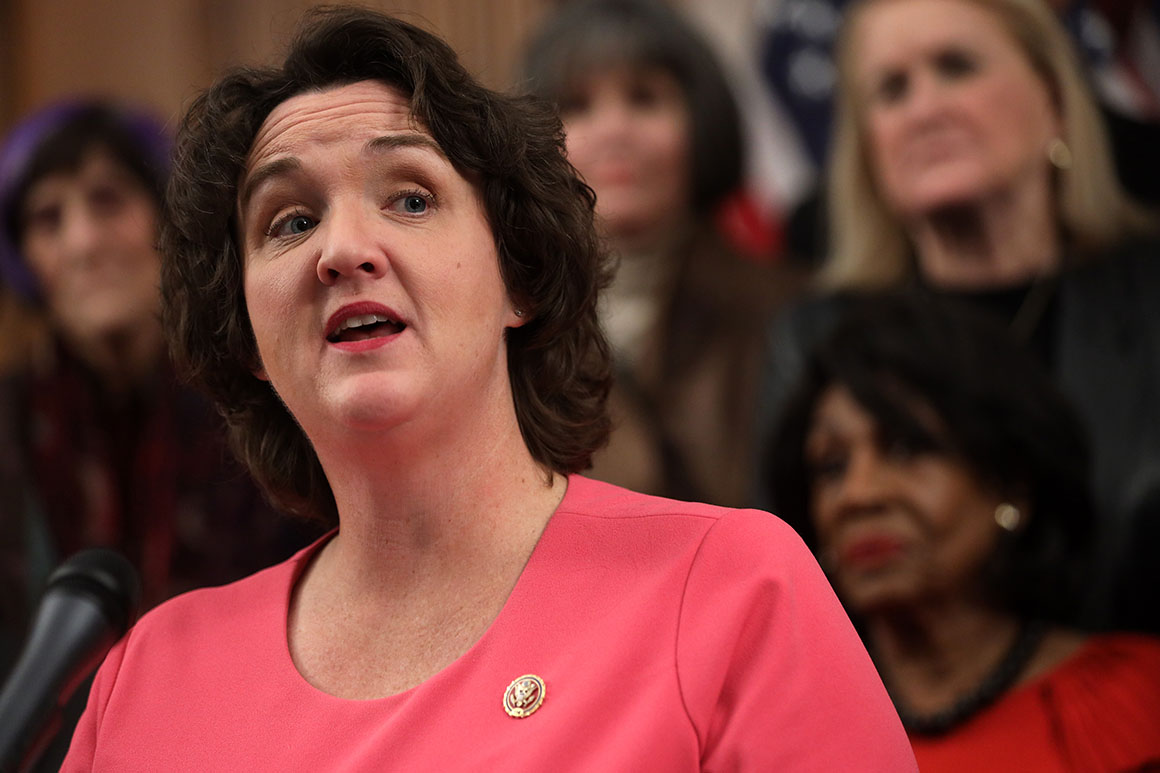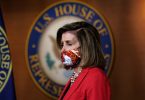
The letter, led by Rep. Katie Porter (D-Calif.), urges House Rules Committee Chairman Jim McGovern (D-Mass.) — whose panel is reviewing the possibility of remote voting — to allow for a temporary rule change at a time of national emergency.
“Congress should be no exception to adapting to this crisis,” the letter reads. “The House must adopt remote voting both to protect public health and to allow us to be the voices of our constituents.”
The letter includes senior Democrats like House Judiciary Chairman Jerry Nadler (D-N.Y.), House Oversight Committee Chair Carolyn Maloney (D-N.Y.) and House Budget Committee Chairman John Yarmuth (D-Ky.), as well as several West Coast lawmakers, like Democratic Reps. Ro Khanna, Pete Aguilar and Barbara Lee, all of California.
The pressure is also growing in the Senate, which remains in session this week as negotiators from both parties attempt to reach a nearly $2 trillion deal that would expand the nation’s ability to deal with the crisis, on both the public health and economic front.
Two GOP senators on Monday came out publicly in support of voting remotely, one day after one of their colleagues, Sen. Rand Paul (R-Ky.), announced that he was positive for the virus.
“I’m ready to support remote voting,” Sen. Kevin Cramer (R-N.D.) tweeted on Monday. “Extraordinary times call for extraordinary measures. It is time to bring the Senate into the 21st century.”
Sen. Lindsey Graham (R-S.C) — who had previously been lukewarm on the idea of voting electronically — also changed his stance.
“We should make this change before the Senate leaves town,” Graham tweeted on Monday.
For Republicans, the threat of the virus could also pose a numbers problem: As of Monday, five GOP senators are sidelined from voting on the Senate floor because Paul is battling the infection and four others are self-quarantining after possible exposure. That further narrows the margins for Senate Majority Leader Mitch McConnell, as he attempts to muscle a massive economic rescue package through the chamber in short order.
Anxiety has been mounting in the Capitol, particularly after Paul’s diagnosis on Sunday. The Kentucky senator had been in the building, attending meetings, voting on the floor and even using the Senate gym as he awaited the results of his test. Paul said he had not been aware of specific exposure.
But House and Senate leaders have warned that allowing members to vote remotely would be one of the biggest procedural changes to Congress in history — not to mention a massive and complicated undertaking that would take time to develop.
Some members have also raised security concerns with the prospects of voting electronically, especially if the system is created on a tight timeline with room for error.
„There is definitely a debate going on, certainly among the freshman, about what’s the right thing for us to do. Is it for us to get on airplanes and get on vehicles and get down to Washington and vote in person?“ Rep. Elissa Slotkin (D-Mich.) said in an interview Monday. „For me, while I think it’s interesting think about remote voting later on, I’m concerned about the security.“
„Everyone’s working at such a breakneck pace that anything we establish right now wouldn’t go through the vetting to actually do a very historical thing,“ Slotkin said.
House Majority Leader Steny Hoyer has said that the House would “adjust our voting procedures” to comply with guidance from federal health agencies, which have strongly warned against all gatherings of more than 50 people. Democrats have considered ideas like holding the vote open longer to limit the number of lawmakers on the floor at one point.
For the hidebound institution of Congress, that might be as far as lawmakers go, for now.
Source: politico.com
See more here: news365.stream






